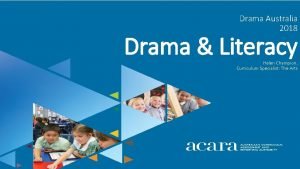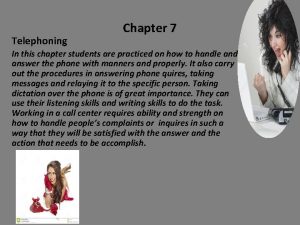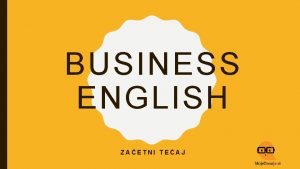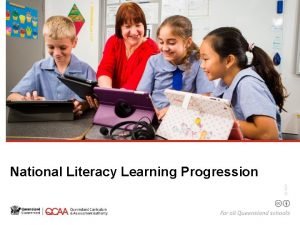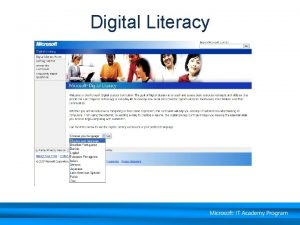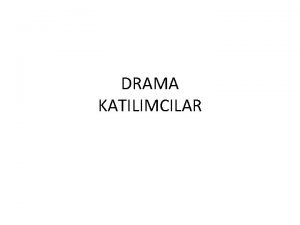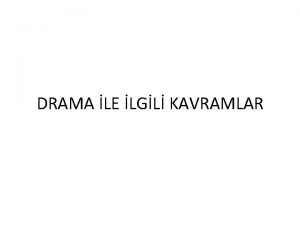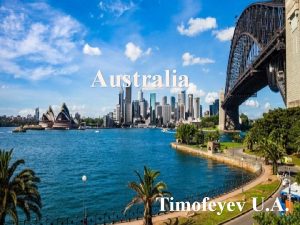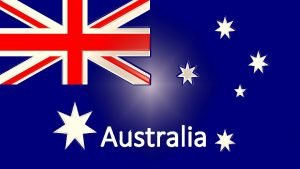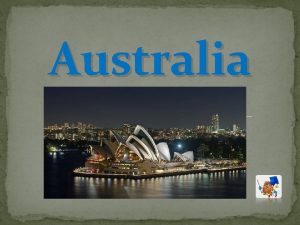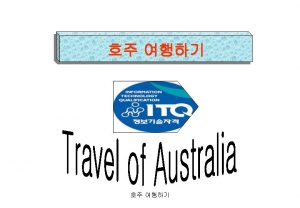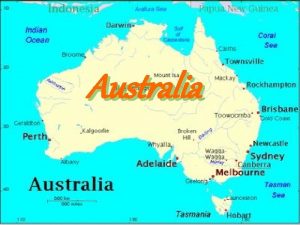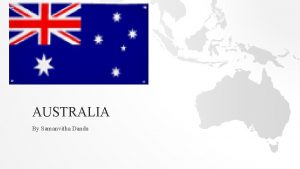Drama Australia 2018 Drama Literacy Helen Champion Curriculum










- Slides: 10

Drama Australia 2018 Drama & Literacy Helen Champion, Curriculum Specialist: The Arts

2

National Literacy and Numeracy Progressions

4

and why? … to better assist teachers to identify and address individual student needs according to the expected skills and growth in student learning at key progress points from the early years through high school, given the evidence of the spread of student achievement within any classroom. (Education Council 2015, National STEM School Education Strategy, p. 9) 5

Literacy? Which literacy? Standard Australian English • The variety of spoken and written English language in Australia used in more formal settings such as for official or public purposes, and recorded in dictionaries, style guides and grammars. While it is always dynamic and evolving, it is recognised as the ‘common language’ of Australians. https: //sitwe. wordpress. com/2015/12/14/types-of-literacy-or-literacies/ https: //www. australiancurriculum. edu. au/f-10 -curriculum/english/Glossary/? term=Standard+Australian+English 6

Literacy in The Arts In the Australian Curriculum: The Arts, students use literacy to • develop, apply and communicate their knowledge and skills as artists and as audiences Through making and responding, students • enhance and extend their literacy skills as they create, compose, design, analyse, comprehend, discuss, interpret and evaluate their own and others’ artworks. Each Arts subject requires students to learn and use specific terminology of increasing complexity as they move through the curriculum. Students understand that the terminologies of The Arts vary according to context and they develop their ability to use language dynamically and flexibly. 7

Literacy in Drama In Drama, students: • develop understanding of character through voice and movement and extend their understanding and use of situation, focus, tension, space and time • extend their understanding and use language and ideas to create dramatic action and consider mood and atmosphere in performance • use conventions of story and other devices such as dramatic symbol to communicate meaning and shape and sustain drama for audiences • explore meaning and interpretation, forms and elements including voice, movement, situation, space and time, and tension as they make and respond to drama. 8 Literacy Composing texts through speaking, writing and creating • Compose spoken, written, visual and multimodal learning area texts Visual Knowledge • Understand how visual elements create meaning Word Knowledge • Understand learning area vocabulary Text knowledge • Use knowledge of text structures


helen. champion@acara. edu. au
 Helen champion
Helen champion Helen midtown computer solutions helen speaking
Helen midtown computer solutions helen speaking Helen midtown computer solutions helen speaking
Helen midtown computer solutions helen speaking Media and information literacy memes
Media and information literacy memes Who are the people in media?
Who are the people in media? Cyber literacy and digital literacy
Cyber literacy and digital literacy Media literacy and information literacy venn diagram
Media literacy and information literacy venn diagram B a f c j e
B a f c j e Literacy continuum acara
Literacy continuum acara Digital literacy standard curriculum version 4
Digital literacy standard curriculum version 4 Club champion financing
Club champion financing
